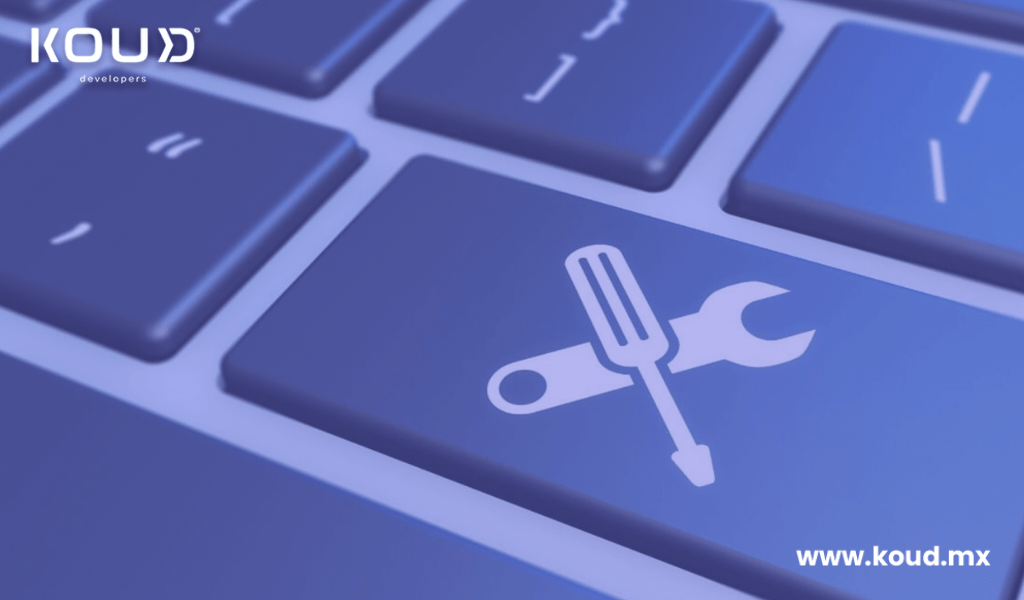Why Software Maintenance Is Just as Important as Development
Many companies assume the work is finished once a software product is launched. In reality, that’s only the beginning. Whether it’s a web application, mobile app, or internal system, software maintenance is essential to ensure the solution remains functional, secure, and aligned with business needs over time.
Development might take a few months, but maintenance can last for years. A well-built system that lacks proper maintenance can quickly become outdated, vulnerable, or ineffective. That’s why maintenance should be seen as an integral part of the software lifecycle—not an afterthought.
What Is Software Maintenance?
Software maintenance includes all the actions needed to ensure that a digital solution continues to function correctly after it has been deployed. This involves fixing bugs, improving performance, adapting to new technologies or business changes, and ensuring the system remains secure.
Think of it like maintaining a building: no matter how solid its construction, it requires regular inspections, cleaning, and repairs. Software behaves the same way—it’s a living system that operates within a constantly changing environment.
The Importance of Software Maintenance
1. Fixing Undetected Errors
No matter how extensive the testing phase is, it’s impossible to catch every issue before release. Some bugs or malfunctions only appear under real user conditions or specific data scenarios. Maintenance allows teams to identify and resolve these problems before they escalate or disrupt operations.
2. Adapting to Technology Changes
The tech ecosystem evolves rapidly. Operating systems, programming languages, frameworks, browsers, and servers are updated regularly. Software that isn’t kept up to date risks becoming incompatible or inefficient. Maintenance ensures that the solution stays functional in changing technological environments.
3. Ensuring System Security
New security threats and vulnerabilities are discovered daily. Hackers often target outdated software that hasn’t received security patches. Regular maintenance includes updating dependencies, fixing security flaws, and reviewing user permissions—critical steps for protecting business data and user information.
4. Responding to Business Changes
Businesses are constantly evolving. New products are launched, processes are adjusted, and strategies shift. If the software doesn’t evolve in parallel, it can become a bottleneck. Through corrective and adaptive maintenance, software can be adjusted to support new workflows, features, or business goals.
5. Improving User Experience
Over time, users provide valuable feedback on how the system works in practice. They highlight pain points, suggest improvements, and identify areas for enhancement. Maintenance allows for the implementation of these suggestions, leading to better usability, performance, and overall satisfaction.
Types of Software Maintenance
There are four main categories of software maintenance, each with its own purpose:
Corrective Maintenance: Involves fixing errors and defects discovered after the software has gone live. These can range from minor glitches to critical failures that need immediate attention.
Preventive Maintenance: Aims to reduce the likelihood of future problems by restructuring code, optimizing system performance, or upgrading outdated components before they cause issues.
Adaptive Maintenance: Focuses on modifying the software to remain compatible with evolving environments—for example, adapting the system to a new operating system version, hardware update, or third-party integration.
Perfective Maintenance: Involves enhancing the software based on user feedback or business decisions, even if no current issues exist. This includes UI/UX improvements, performance boosts, or adding small but useful features.
Risks of Neglecting Maintenance
Failing to maintain software can result in a range of issues, including:
Unexpected breakdowns that affect daily operations
Security vulnerabilities that compromise sensitive data
Loss of users or clients due to poor experience
High costs associated with late or rushed upgrades
Competitive disadvantage against better-maintained products
Maintenance is not an optional phase; it’s a continuous investment in the stability, security, and relevance of a digital product. When it’s done consistently, it extends the life of your software, reduces long-term costs, and ensures that the product continues to meet the needs of both users and your organization.

